Community drives have become a popular way for car enthusiasts to connect, share their passion, and enjoy the open road together. These events foster camaraderie and provide a platform for showcasing diverse automotive cultures. Discover how community drives bring car lovers together and the benefits they offer.
The Rise of Community Drives

Historical Background
Community drives have their roots in informal gatherings of automobile enthusiasts dating back to the early 20th century. Initially, these were small, local meet-ups where owners could show off their vehicles and share driving tips. Over time, these gatherings evolved into more organized events with structured routes and planned stops. A key milestone in the evolution of community drives was the establishment of official car clubs in the 1950s and 1960s, which provided a formal framework for these events.
As the automotive industry expanded, so did the scope of these drives. Notable events like the Gumball 3000 and the Cannonball Run have contributed to the growing popularity and allure of community drives. These high-profile events have captured public imagination, inspiring countless smaller-scale drives around the world.
The Role of Social Media
The advent of social media platforms such as Facebook, Instagram, and Twitter has revolutionized the way community drives are organized and promoted. These platforms allow enthusiasts to connect and communicate with ease, facilitating the planning of both local and international drives. Facebook groups, for instance, have become central hubs for car clubs to discuss routes, share photos, and coordinate events.
Online communities have played a significant role in connecting car enthusiasts globally. Enthusiasts from different corners of the world can now share their experiences and tips, creating a sense of global camaraderie. Platforms like Instagram have also helped showcase diverse automotive cultures through the sharing of images and stories, further fueling interest in community drives.
Benefits of Community Drives

Building Connections
Community drives are more than just an opportunity to hit the open road; they are a chance to build lasting friendships and networks among car lovers. Participants often bond over shared interests and experiences, leading to collaborations and shared projects. For example, car enthusiasts might come together to restore a classic car or organize charity events centered around their passion for automobiles.
These events also provide a platform for networking, where participants can exchange ideas and resources. Whether it’s finding rare parts or gaining insights into vehicle maintenance, the connections made during community drives can be invaluable to car enthusiasts.
Promoting Automotive Culture
Community drives play a crucial role in preserving and promoting diverse automotive traditions and innovations. By bringing together enthusiasts of various car models and styles, these events celebrate the rich tapestry of automotive culture. For instance, the Volkswagen Club of America organizes drives that highlight the history and evolution of the iconic VW Beetle, fostering appreciation for this classic model.
These drives also help car clubs and groups gain recognition. Events like the annual Hot Rod Power Tour in the United States bring together thousands of enthusiasts, showcasing the creativity and passion of hot rod builders and fans. Such events not only celebrate automotive culture but also inspire future generations of car enthusiasts.
Organizing Successful Drives
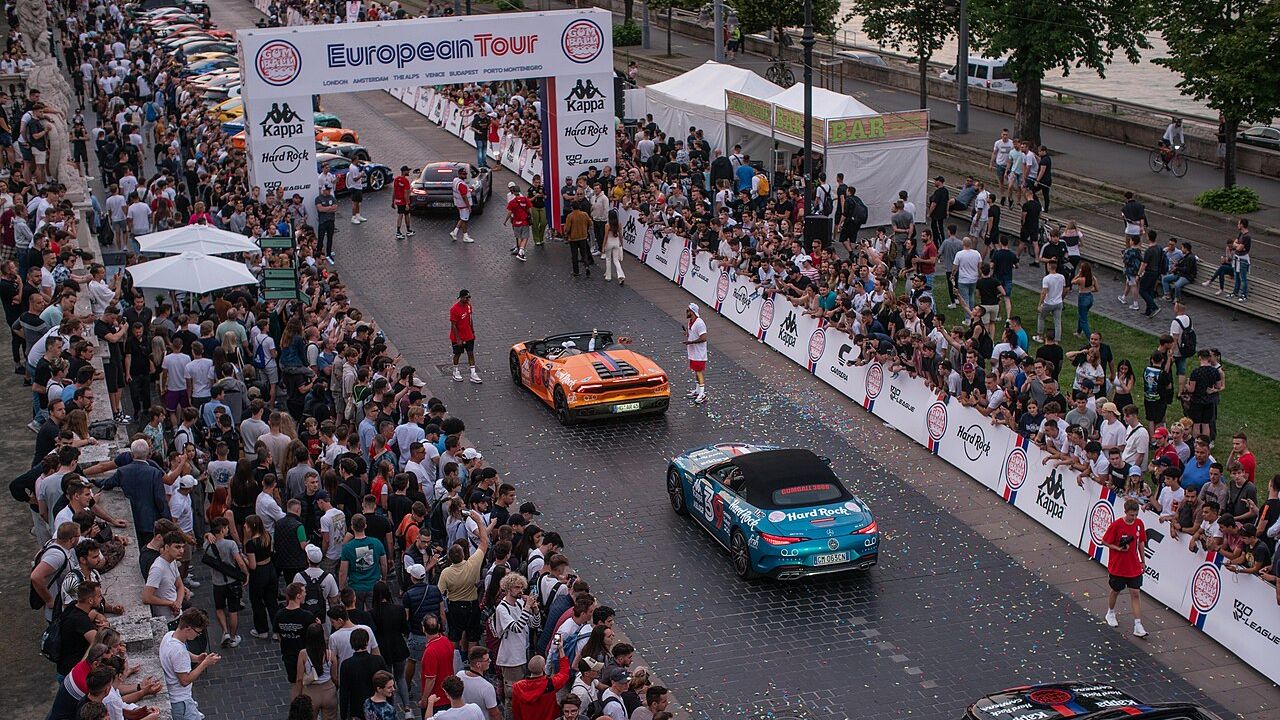
Key Elements of Planning
Organizing a successful community drive requires careful planning and attention to detail. Choosing the right route is crucial, as it should offer scenic views and interesting stops while being accessible to participants. Coordinating logistics such as meeting points, rest stops, and accommodations is also essential for a smooth experience.
Securing sponsorships and partnerships can enhance the event by providing additional resources and exposure. Local businesses, auto shops, and even car manufacturers might be interested in sponsoring community drives, offering benefits such as discounted services or promotional materials.
Ensuring Safety and Compliance
Safety is paramount when organizing a community drive. This includes thorough route planning to avoid hazardous roads and ensuring clear communication among participants. Providing maps, itineraries, and emergency contact information helps maintain safety throughout the event.
Adhering to local traffic laws and regulations is also critical. Organizers should work with local authorities to ensure compliance and minimize disruptions to regular traffic. This not only ensures a smooth event but also fosters a positive relationship with the communities hosting these drives.
The Impact on Local Communities
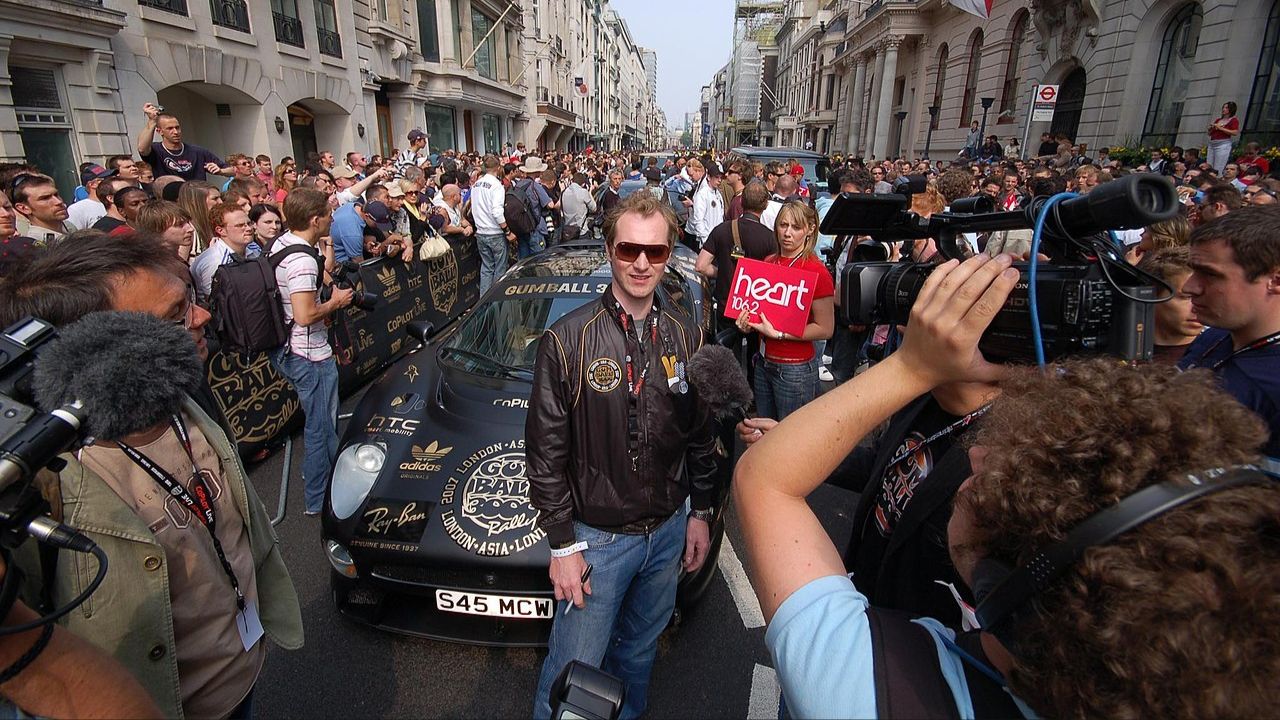
Economic Benefits
Community drives can have a positive economic impact on local communities, particularly through increased tourism and business for local vendors. Towns and cities that host these events often see a surge in visitors, benefiting hotels, restaurants, and shops. For example, the Route 66 Festival in Springfield, Illinois, draws thousands of car enthusiasts, boosting the local economy significantly.
These events can also create opportunities for local artisans and vendors to showcase their products. Food stalls, souvenir shops, and local craftspeople often find a ready market among drive participants, further stimulating the local economy.
Environmental Considerations
While community drives can bring economic benefits, they also pose environmental challenges. Organizers are increasingly adopting sustainable practices to minimize their ecological footprint. This includes promoting eco-friendly driving habits, organizing carpooling options, and using electric or hybrid vehicles where possible.
Some car clubs have taken proactive steps to promote sustainability. For example, the Tesla Owners Club frequently organizes electric vehicle rallies, highlighting the benefits of zero-emission driving. By adopting such practices, community drives can continue to thrive while minimizing their impact on the environment.
Future Trends in Community Drives
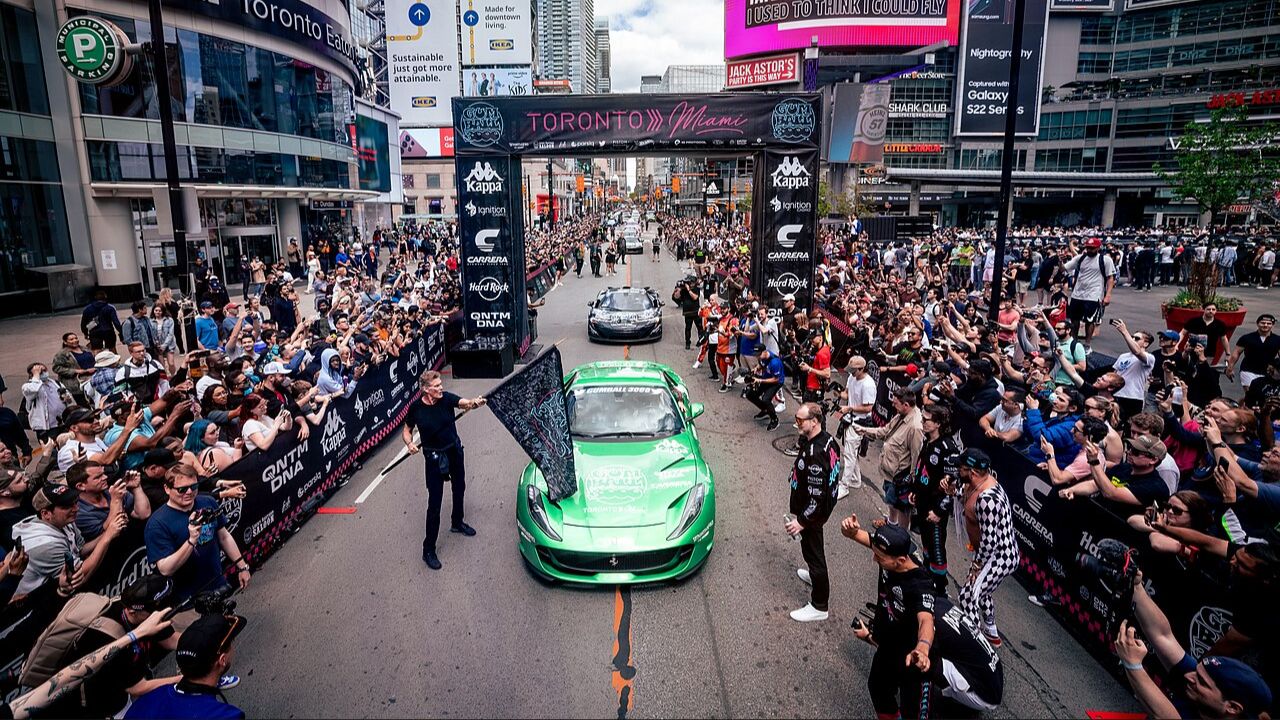
Technological Innovations
Technology continues to enhance the community drive experience, with tools like GPS and mobile apps playing a crucial role. Applications such as Waze and Google Maps offer real-time traffic updates and route suggestions, making it easier for participants to navigate long drives.
Looking ahead, future technological trends could further transform these events. Innovations such as augmented reality navigation and advanced driver-assistance systems (ADAS) might offer new ways to enhance safety and engagement during drives. These technologies could provide interactive experiences, turning routine drives into immersive adventures.
Evolving Enthusiast Demographics
The demographics of car enthusiasts are changing, influencing the types and styles of cars featured at community drives. Younger generations are increasingly interested in electric and hybrid vehicles, reflecting a broader shift towards sustainability. This change is prompting organizers to include a wider variety of vehicles in their events.
There is also a growing emphasis on inclusivity and diversity within car enthusiast communities. Events now often feature a mix of classic cars, modern vehicles, and custom builds, reflecting the diverse interests of participants. This inclusivity is helping to broaden the appeal of community drives, attracting a wider audience and ensuring their continued relevance.
Like Fast Lane Only’s content? Be sure to follow us.
Here’s more from us:
*Created with AI assistance and editor review.


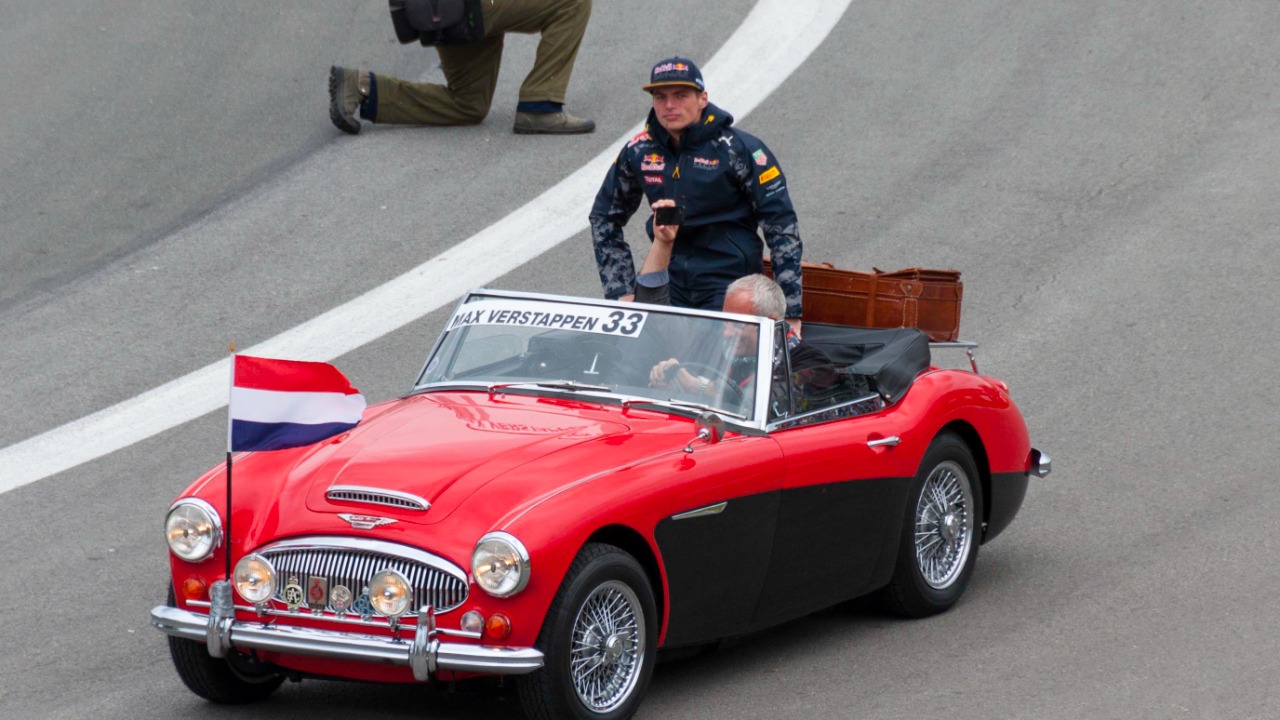
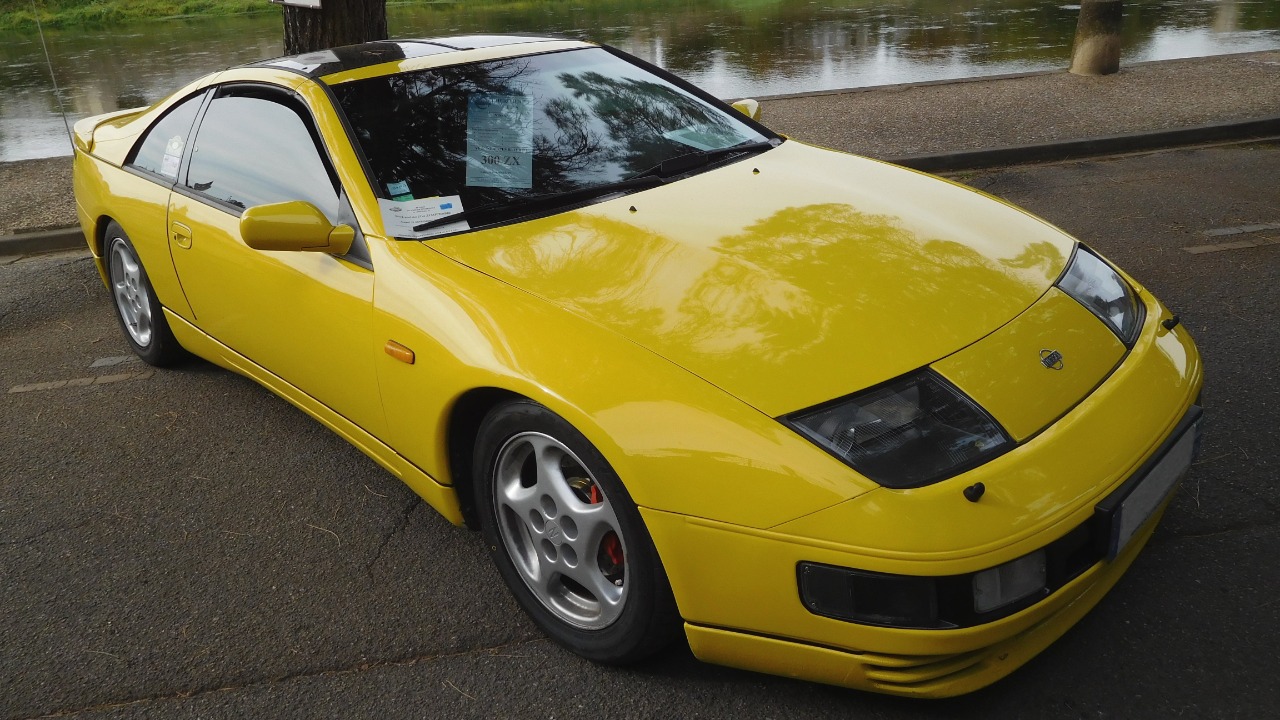
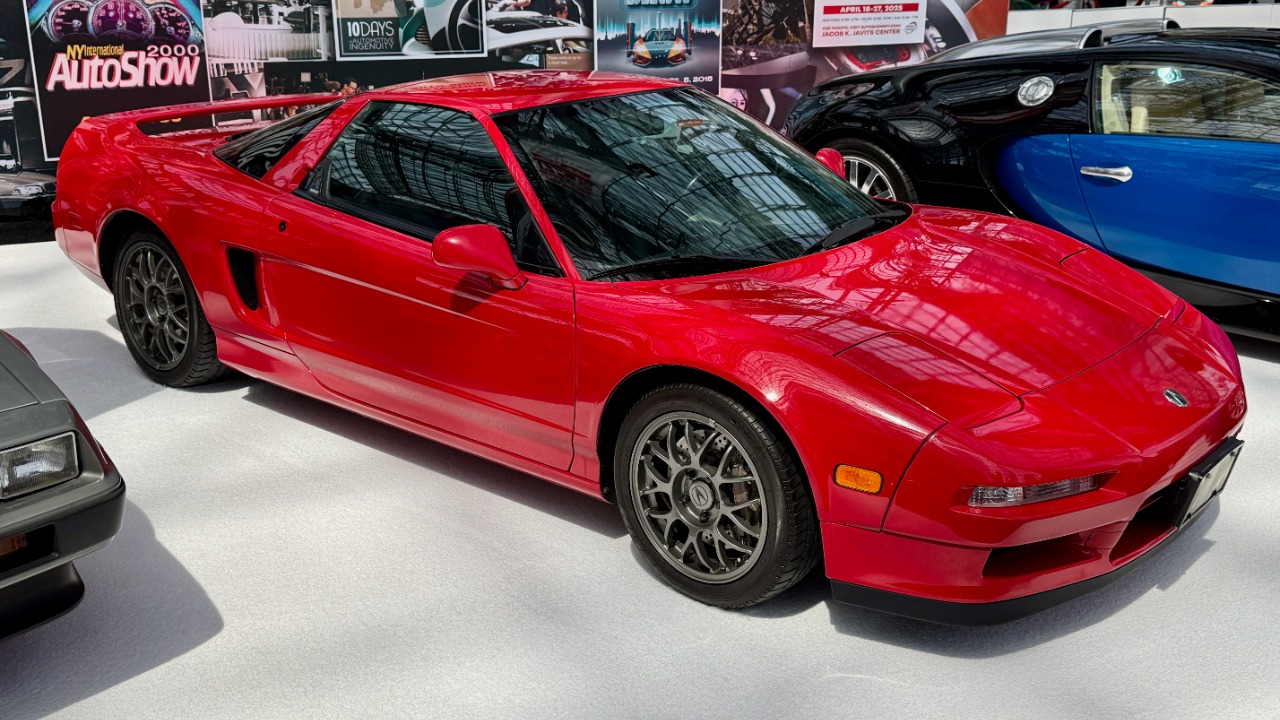
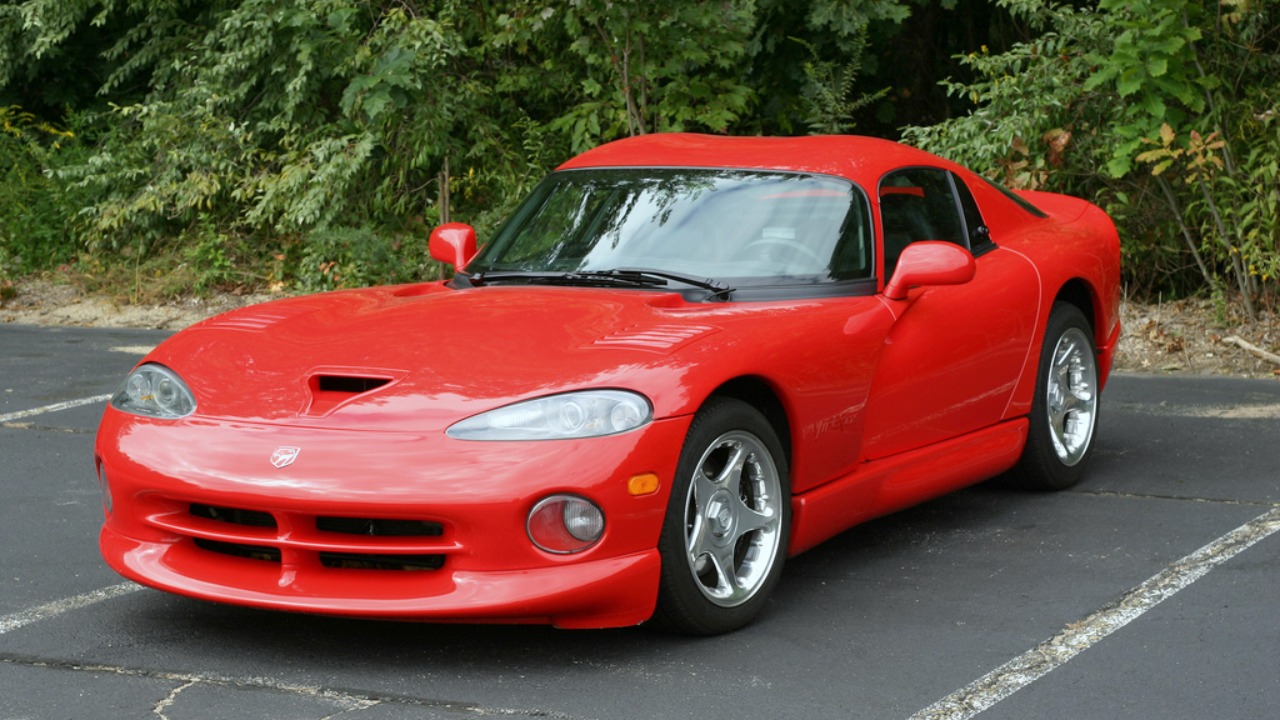

Leave a Reply